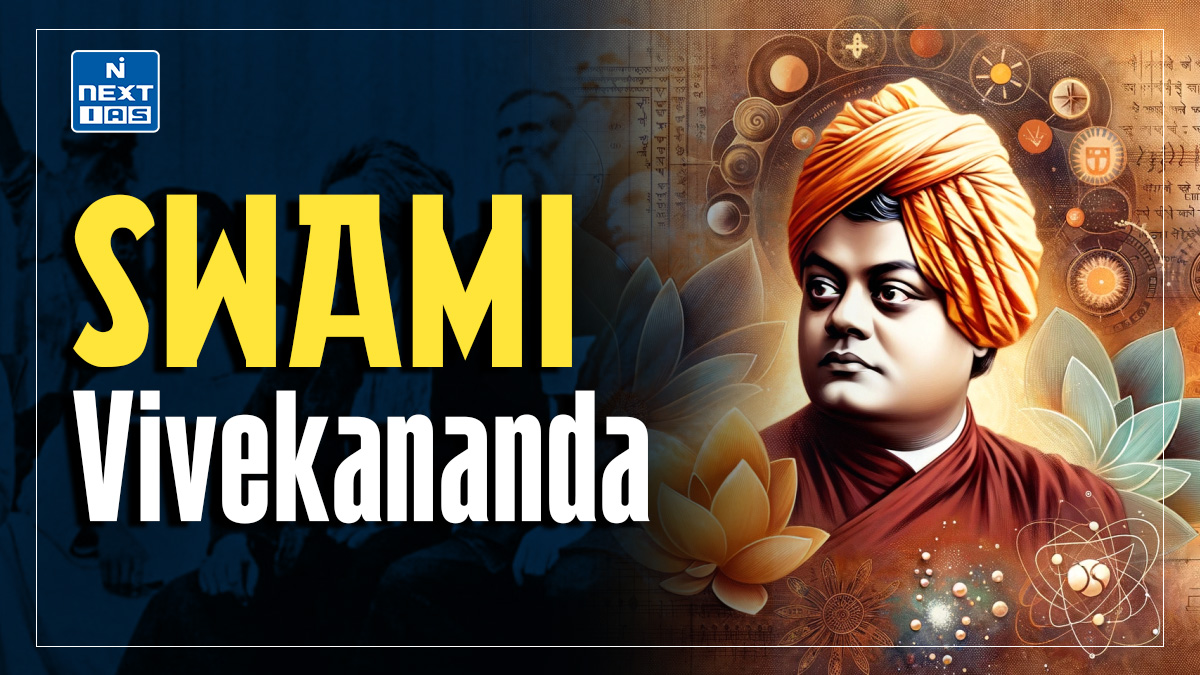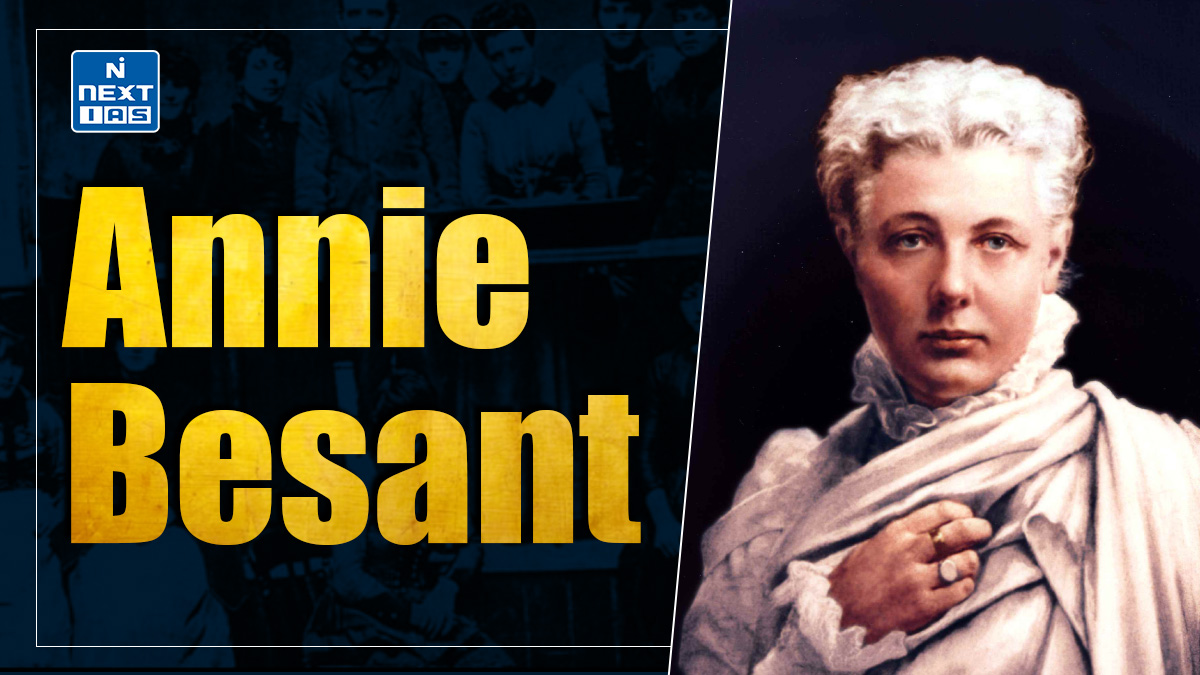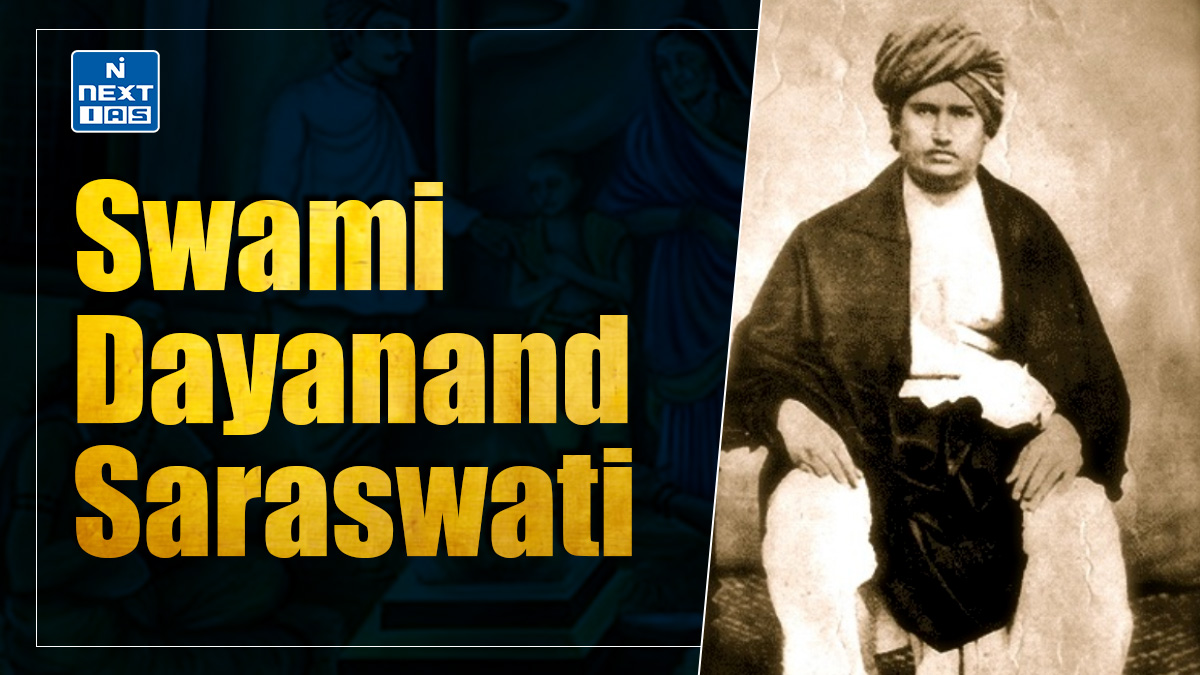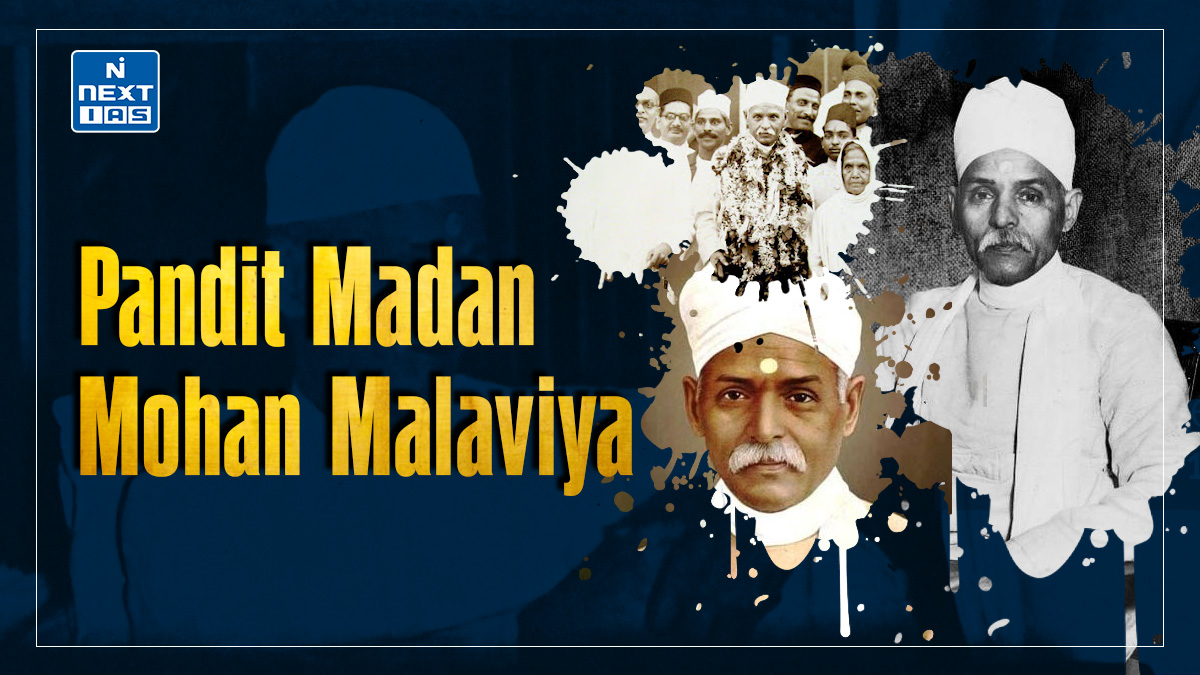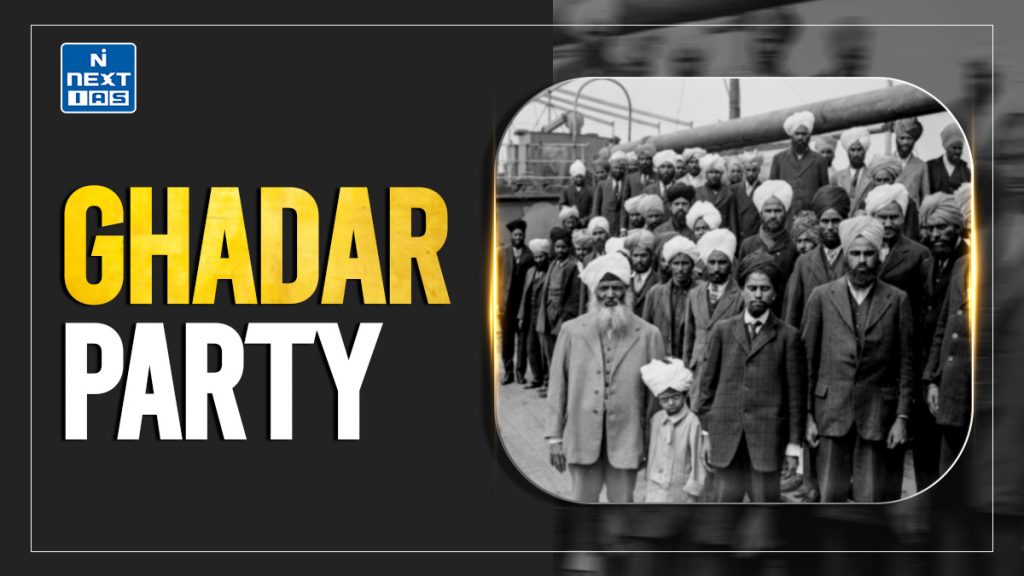
The Ghadar Party was a revolutionary organization formed by Indian expatriates in the United States in 1913 to secure India’s independence from British rule through armed rebellion. Its significance lies in its role in inspiring Indian immigrants and freedom fighters to take up arms and challenge colonial rule, becoming a powerful symbol of overseas Indian nationalism. This article aims to study in detail the origins, objectives, key figures, and impact of the Ghadar Party in India’s freedom struggle.
About Ghadar Party
- The Ghadar Party was a revolutionary group founded by Indians in the United States with the aim of securing India’s independence from British rule.
- Taraknath Das, a prominent Indian in the USA, established the Indian Independence League in California in 1907 and later began publishing the paper Free Hindustan.
- In 1913, Sohan Singh Bhakna founded the Hind Association of America, which started the weekly publication Ghadar in English, Urdu, Marathi, and Gurmukhi.
- This paper promoted revolutionary ideas and inspired the name of the Ghadar Party.
- Lala Hardayal emerged as a key leader in the Ghadar movement, establishing a central committee with headquarters at the Yugantar Ashram in San Francisco.
- The Ghadar Party also had notable figures such as Bhai Parmanand and Ram Chandra, and the publication Ghadar consistently encouraged armed struggle and revolt against British rule.
- Revolutionaries Raja Mahendra Pratap and Barkatullah supported the Ghadar Party from abroad and, with the help of Germany and Russia, attempted to set up a provisional government of India in Kabul.
Founder of Ghadar Party
- The Ghadar Party’s founders, including Taraknath Das, Sohan Singh Bhakna, and Lala Hardayal, among others, were Indian expatriates committed to liberating India from British control.
- These leaders harnessed the collective discontent of Indian immigrants in North America and the nationalist fervor within India to form an organized resistance.
Hindustan Socialist Republican Association (HSRA)
- After the withdrawal of the Non-Cooperation Movement, the revolutionary activities in India saw a resurgence with a socialist perspective.
- The Hindustan Socialist Republican Association (HSRA), originally known as the Hindustan Republican Association, gained new prominence.
- Ram Prasad Bismil, Ashfaqulla Khan, and others were part of the original association until they were tried and hanged under the Kakori Conspiracy Case.
- On September 10, 1928, a new organization called the Hindustan Socialist Republican Association (HSRA) was formed at Feroz Shah Kotla in Delhi, led by Chandrashekhar Azad, Bhagat Singh, Sukhdev, Rajguru, Ajay Ghosh, Surya Sen, and others.
- The HSRA aimed to establish a socialist and republican India and initiated its mission with the assassination of Assistant Superintendent of Police J.P. Saunders in Lahore on October 30, 1928, as retribution for the death of Lala Lajpat Rai, who was injured during protests against the Simon Commission.
Notable Actions of Hindustan Socialist Republican Association (HSRA)
- Bombing of the Central Legislative Assembly (April 8, 1929): Bhagat Singh and Batukeshwar Dutt threw a non-lethal bomb in the Central Legislative Assembly to protest the Public Safety Bill and Trade Dispute Bill.
- This act was a demonstration meant to “make the deaf hear,” using the courtroom as a platform to propagate their revolutionary ideas.
- Both Singh and Dutt willingly surrendered, using the trial to publicize their cause.
- Public Safety Bill: This bill aimed to curb communist influence in India by targeting British communist organizers, including Ben Bradley and Philip Spratt, who were aiding Indian labor movements.
- Trade Disputes Act, 1929: This act established a system for peaceful resolution of industrial disputes and prohibited strikes and lockouts in public utility services without prior notice.
- Strikes for purposes other than industrial disputes were also made illegal under this act.
- Hunger Strike in Jail: While in prison, HSRA leaders undertook a hunger strike to demand political prisoner status.
- During this strike, Jatin Das died after a 64-day fast, intensifying public outrage and sympathy for the revolutionary cause.
Legacy of Hindustan Socialist Republican Association (HSRA) Leaders
- On March 23, 1931, Bhagat Singh, Rajguru, and Sukhdev were executed. In a final message, they stated, “very soon, the final battle will begin.
- Its outcome will be decisive. We took part in the struggle and we are proud of having done so.”
- Bhagat Singh’s martyrdom transformed him into a national icon, and his popularity is said to have rivaled Gandhi’s in the 1930s, inspiring a new generation of Indians to join the independence movement.
Conclusion
The Ghadar Party and the HSRA were more than just organisations; they symbolised the unyielding spirit of Indian revolutionaries who were ready to sacrifice their lives for their country’s freedom. The legacy of these revolutionaries endures, with leaders like Bhagat Singh and Lala Hardayal becoming icons of bravery and commitment. Their actions challenged British imperialism and captured the imagination of the Indian public, uniting people under the call for independence. The stories of sacrifice, patriotism, and dedication continue to inspire future generations, underscoring the essential role of revolutionary nationalism in India’s journey toward freedom.
Frequently Asked Questions (FAQs)
Who is the founder of the Ghadar Party?
The Ghadar Party was founded by Lala Har Dayal, along with prominent leaders like Sohan Singh Bhakna and Kartar Singh Sarabha, in 1913 in San Francisco, USA. It was established to promote armed resistance against British colonial rule in India, primarily focusing on uniting Indians abroad to support revolutionary activities for India’s independence.

